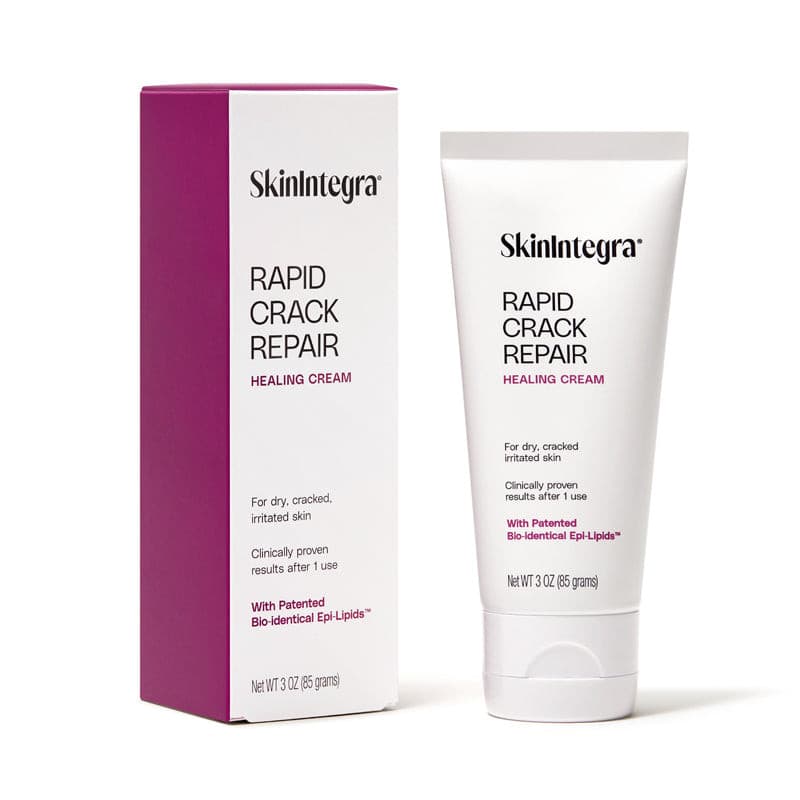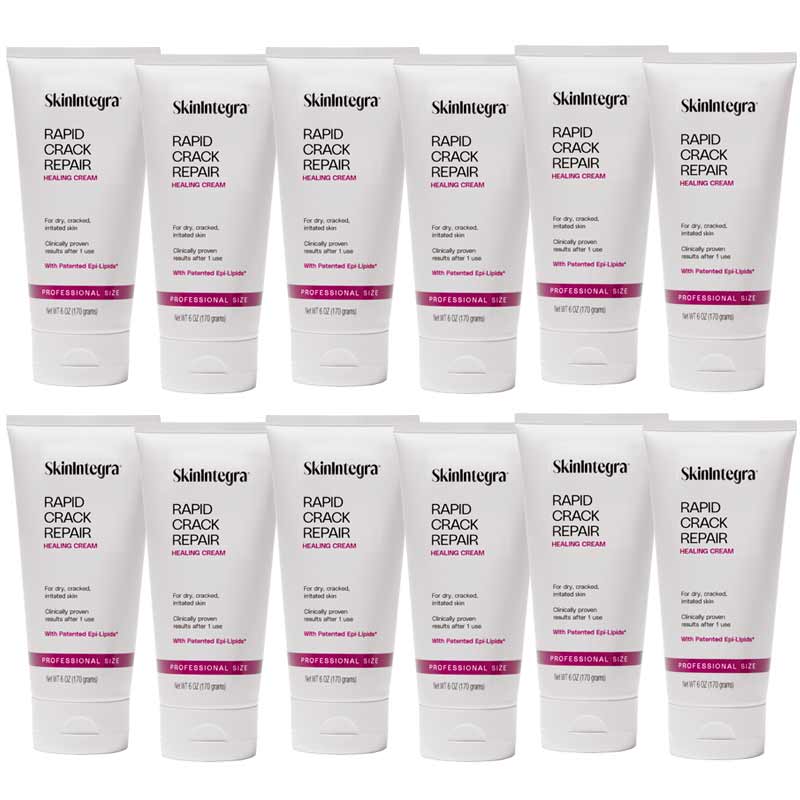Dry skin is almost synonymous with fall and winter for most of us. Some of us will notice our skin dry out as soon as the first leaves start to fall, others may notice more frequent itching, and others how uncomfortable their clothes are. Fall and winter skin problems affect most of us in some shape or form, and it is important to get a handle on them before they get out of hand.
In most cases, dry skin is the biggest problem that many of us face, leading to various symptoms that can lead to discomfort and even pain. Dryness can lead to itching, tightness, scaling, red patches of skin, visible blood vessels on the face (near the nose), cracking in lips, and dry or cracked feet. To avoid winter skin problems like these, you can follow these few tips for dry skin.
But before that, what causes dry skin during fall and winter?
As the weather changes, colder air returns, bringing with it less moisture. That well-hydrated summer skin is going away simply due to lower moisture content in the air around you. Extended exposure to this cold, dry air is one of the leading causes of winter skin problems.
Depending on where you live, fall and winter winds are arriving. These winds produce a beautiful display of dancing leaves, but they also strip away the natural barrier on your skin. Even if you wear hats, long sleeves, or generally protect your skin from the elements, your face and hands are susceptible to having dry skin.
Once the temperatures drop, most of us spend time inside where heaters are turned on. The warmer temperature inside is very nice, but whether it’s in the office or at home, that heater is drying out the air and creating an even drier atmosphere than outside. Unfortunately, your winter skin problems continue wherever you are.
After being out in the colder weather, nothing beats a hot shower to warm up. But beware of too hot of a shower or bath, as it can actually dry out and irritate your dry skin further. Instead of hot water, use warm water for fall and wintertime showers and baths.
This article will cover the five daily routines you can do to avoid dry skin this season and change your routine to make sure you have comfortable, soft skin as often as possible and even prevent cracked heels and hands. Follow these simple tips for dry skin.
1. Drink Plenty of Water
This one is good all year, but it is especially true in the fall or winter when you want to avoid common dry skin problems. According to the CDC [1], there is no universal recommended daily water intake. The recommended amount will change based on your age, sex, pregnancy, or breastfeeding status.
But the National Academy of Sciences [2] recommends the following guidelines:
- 9 cups of water for women (1 cup = 8 ounces so 72 ounces)
- 10 cups of water for pregnant women (1 cup = 8 ounces so 80 ounces)
- 13 cups of water for men (1 cup = 8 ounces so 104 ounces)
Before anything else, try and keep track of your water during the day by using a large bottle and counting the number of times you fill it up. Try and stay near the recommendation of daily water intake, and remember that food counts too as you keep track of your ounces. This will help you avoid fall and winter skin problems.
If you enjoy a nice soup or broth, a cup of warm tea, coffee, or hot cocoa when it’s cold outside, that goes towards your total daily intake 😊.
2. Avoid Hot Showers or Baths
According to Dr. Harry Dao, assistant professor of dermatology at Baylor College of Medicine [3] “Dry skin is the most common cause of itchy, irritated skin, so it is important to avoid overly hot baths and showers. I recommend taking lukewarm baths and showers.” It’s hard to define what lukewarm is, but try and keep the water temperatures near 98.6 F.
You’re not going to stay in the shower with a thermometer and get it just right, so keep in mind that hotter is not better when it comes to dry skin. You don't want to worsen your fall and winter skin problems by irritating the skin further. Another tip to keep in mind is to keep your showers shorter than longer.
The longer your shower is, the more chances you have of stripping so-called “good oils” from your skin and aggravating the damage you may already have to your skin barrier. Remember that you can rehydrate your skin by staying on top of your water intake in tip 1.
3. Learn to Pat Your Skin Dry With a Soft Towel
This tip for dry skin is important. You just got out of your short to medium shower. You’ve kept track of the water temperature, and it wasn’t too hot. Great!
Now pay attention to how you dry off. You should pat your skin dry with a soft towel if possible. Aggressive or vigorous drying off will completely dry your skin and rub your already irritated and damaged skin.
That gentle patting of your skin is particularly important if you have more visible signs of fall and winter dry skin problems like redness on your legs or face, scaly patches of skin, ashy elbows, or at worse, cracks on your heels and fingers.
It may not be intuitive, but you want to leave some of the water on your skin for a few minutes to ensure it gets absorbed and leave some on for the next step.
4. Use the Best Moisturizers
Since dry skin results from a damaged skin barrier, you want to give it some help to repair and maintain itself. The skin barrier comprises more than 50% of what are called Essential Fatty Acids (EFAs), like Omega-3s and Omega-6s. Your body doesn’t make Omega-3s and Omega-6s yet needs them for a healthy skin barrier. Even if you take supplements and eat a balanced diet of Omegas, the fact that you have dry skin means the current weather conditions are too much for those supplements to keep that skin barrier healthy.
There are many great moisturizers out there to help with fall and winter skin problems, like our Rapid Crack Repair Cream, packed with Omega-3s and Omega-6s, or our Ultra Nourishing Oil, perfect for the face and body.
Whatever moisturizer you are currently using, make sure you avoid the following ingredients during the fall and winter, as they can damage your skin barrier further, even if you follow the tips for dry skin above.
According to WebMD [4], avoid moisturizers that have added colors, perfumes, or fragrances. If your dry skin patches are on your face, make sure you are using ingredients that won’t clog your pores and cause further irritation or acne.
When it comes to acids, stay away from Alpha-Hydroxy, Glycolic, retinoic, and Salicylic acids. While they have beneficial properties, they can also make your winter dry skin problems worse.
When it comes to urea or lactic acids, we always recommend using smaller percentages at 25% or below. You will see many 40% urea creams out there, and they will work on some skins, but they also tend to be very aggressive and can lead to even dryer skin issues.
5. Use a Humidifier in Your Home/Office
Using a humidifier is always useful, particularly in the room/place you spend the most time in. For most of us, that’s the bedroom where we sleep at night and the office/room we are in most of the day.
While it may not always be practical or affordable, if you can add a humidifier next to you during the day or night, it will replenish some of that lost moisture due to the heathers or dryer air. This can help with your winter skin problems, especially if you spend time outdoors in the cold air during the day.
Conclusion on How to Avoid Dry Skin This Fall and Winter
Try and follow these five simple tips, and you should be able to keep your skin smooth, soft, and well hydrated all winter long. Remember, it’s never too late to take care of those pesky dry skin patches.
Stay hydrated, pay attention to your showers/baths, be mindful of how aggressively you dry your skin, use a good moisturizer designed for dry skin and free of ingredients that will only make your dry skin worse, and try to humidify the air around you. These tips for dry skin will help you avoid recurring fall and winter skin problems and make the cold season a lot more bearable.





